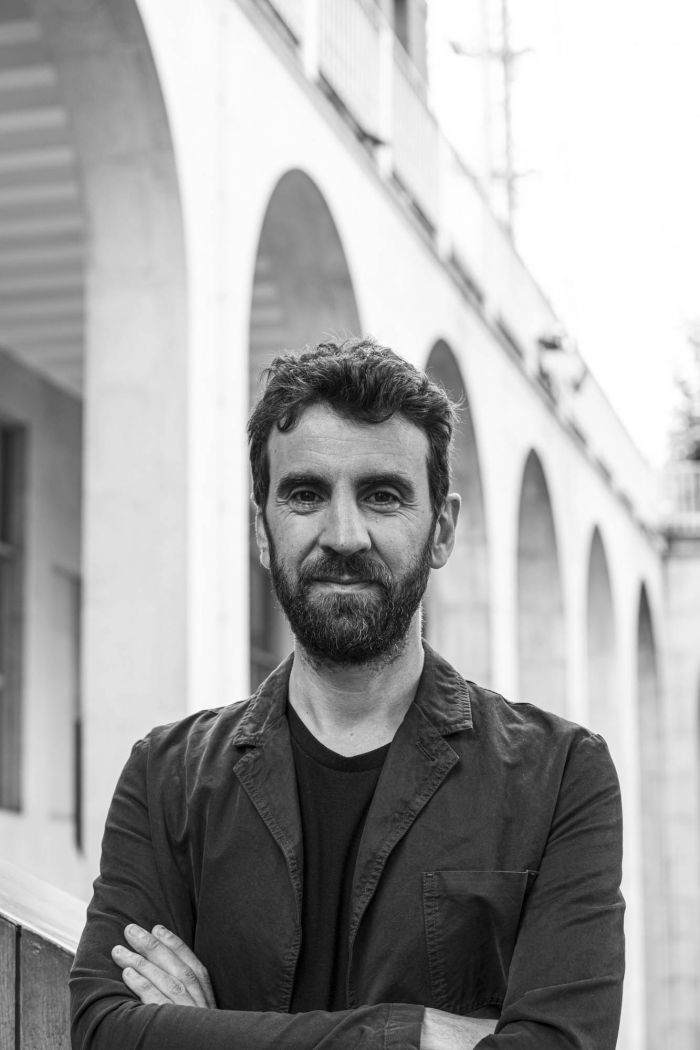immaterial
What differences do you perceive between the Milan design tradition and the model of the Design Academy Eindhoven? For instance, how do you see the relationship between design schools and industry? ‘Whether design schools should follow industry or industry should follow design schools is an interesting question. It’s a misconception to think that the Italian model is about factories cranking out all sorts of objects and that the designers then come in to make these more attractive. For many years it worked exactly the other way around. As new technologies emerged, designers thought up new ways of using them and making them relevant to everyday life. You could say the same about the current design from the Design Academy Eindhoven. It is more oriented towards the future than to the past. We are less concerned with manufacturing techniques and more with new economies and new ways in which design touches the lives of people. This is not always based on the production of objects but can also be related to completely immaterial processes.’


